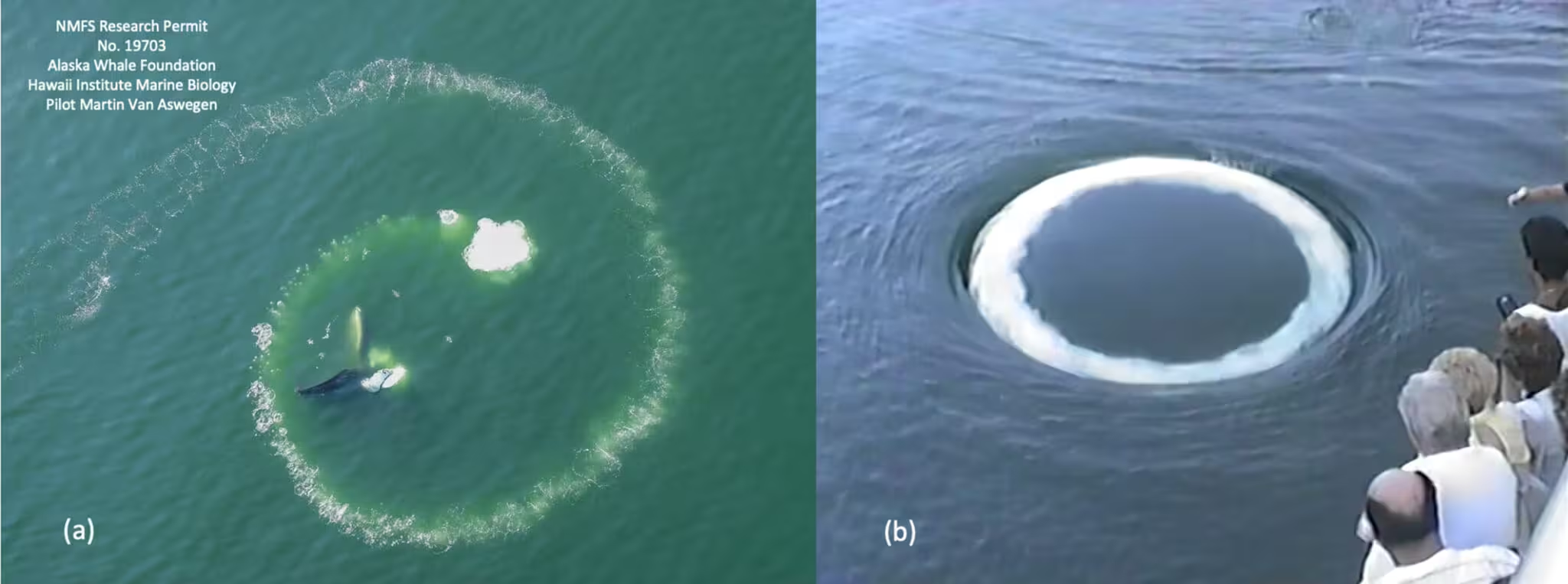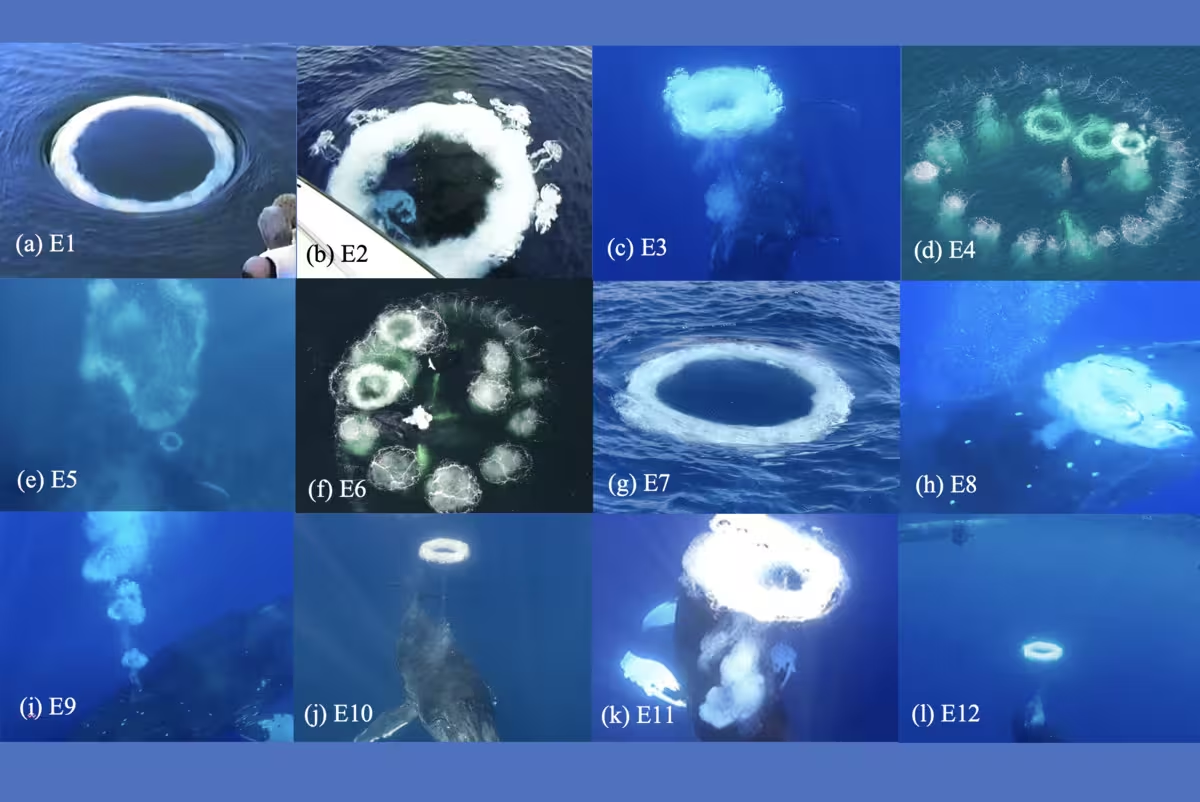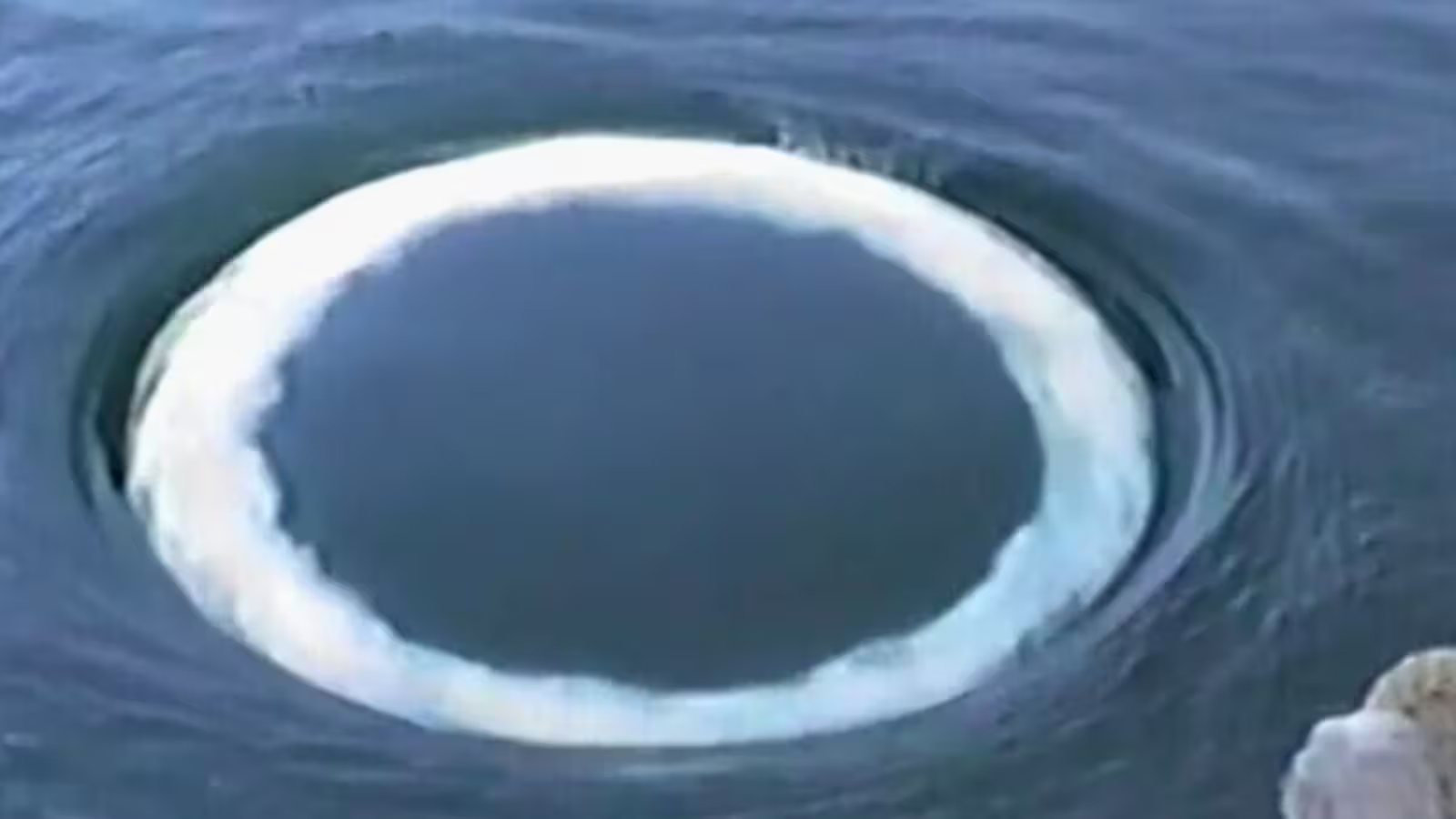4 Minutes
Understanding Humpback Whale Bubble Rings
Humpback whales (Megaptera novaeangliae)—majestic giants of the world’s oceans—have long captivated scientists and marine enthusiasts alike with their complex behaviors and vocalizations. While these baleen whales are famously known for creating intricate spiral bubble nets to trap prey, recent research suggests that not all whale-made bubbles serve the same ecological purpose. In fact, some of these mesmerizing underwater bubble rings might reflect attempts at communication, possibly even directed toward humans.
Scientific Context: Beyond Hunting Techniques
Humpback whales exhibit a wide variety of bubble-blowing behaviors. Traditionally, spiral bubble nets are understood as a coordinated hunting strategy, allowing multiple whales to corral fish. However, sightings and video evidence collected over recent years paint a broader picture: whales also produce bubbles in other contexts. Scientists have categorized bubble emissions as playful, social, and sometimes aggressive. The focus of a recent study is a distinct phenomenon—perfectly circular bubble rings, which rise rapidly and resemble giant underwater smoke rings, as once described by renowned biologist Roger Payne.

New Research Illuminates Bubble Ring Purpose
An international collaboration of marine biologists and photographers examined an array of videos and photographs showing humpback whales creating these circular bubble structures. Recordings were sourced both underwater—from divers and swimmers—and from above, using boats, planes, and aerial drones. This diversity of observation points enriched the context for each bubble ring event, allowing for an in-depth comparison of whale behavior in proximity to humans.
The data set included 12 distinct episodes where whales produced a total of 39 bubble rings, attributed to 11 individual humpbacks. Notably, ten of these occurrences happened close to boats or human swimmers, and in six cases, multiple whales were present.
Key Discoveries: Social Signals or Inter-Species Communication?
Despite the potential for aggressive displays or territorial behavior in these group settings, the study reported no evidence of hostility—either between whales or directed at humans or vessels. In a compelling twist, eight out of nine whales blowing bubble rings actually swam towards people rather than avoid them, unless they were actively engaged in feeding.
Other cetacean species are also known to exhibit friendly or inquisitive behavior, such as exhaling or playing near boats. The observed intentional creation of bubble rings around humans aligns with this pattern, raising the intriguing possibility that humpbacks may use bubble rings as a tool for interactive communication.

Expert Insights and Future Directions
While the findings add weight to the theory that these cetacean behaviors may serve as a form of whale-to-human signaling, researchers urge caution before drawing definitive conclusions. As the team explains, "Continued field observations will be crucial for determining the frequency and function of bubble rings in humpback whale social interactions." Observing both playful and communicative uses of bubble rings could reveal new dimensions to how these intelligent animals interact—both with each other, and perhaps with us.
Conclusion
The enigmatic practice of humpback whales creating underwater bubble rings continues to fascinate scientists and the public alike. Emerging evidence suggests these structures may not only be tools for feeding or play, but could also represent an extraordinary example of potential interspecies communication. Further research is needed to unlock the mysteries behind these effervescent messages, but one thing is clear: the more we learn about whales’ social behaviors, the closer we come to understanding—and conserving—one of the ocean’s most remarkable creatures.



Comments